The 2018 general education program with the goal of developing learners' qualities and abilities requires teachers to design rich teaching activities. Thanks to AI applications and software, the process of preparing electronic lectures for teachers is no longer too difficult.
From popular LLMs (Large Language Models) chatbot applications such as Chat GPT; Google Gemini will come up with specific ideas for lectures. Teachers only need to enter commands with a brief description of their lectures, the chatbots will provide a very detailed outline with many interesting suggestions for activities from warm-up, knowledge formation to practice and application.
In particular, the ideas for warm-up activities provided by these apps are highly likely to be of interest to students, as they take their cues from highly practical problems.
After having a detailed outline for the lesson, teachers can concretize that outline thanks to popular electronic lesson planning applications such as Canva, Slidesgo, Gamma... These websites provide teachers with available design templates with vivid and attractive visual effects, helping to prepare lessons much faster than the traditional, monotonous PowerPoint tool.
Not to mention, thanks to the support of AI, teachers can also build mind maps to summarize knowledge or ask chatbots to "compose" short poems and rhymes to make difficult-to-remember formulas and theorems easier to understand and memorize.
In particular, if teachers take the time to learn how to use AI video creation software, they can also create vivid, intuitive chemistry, physics, and biology experiment videos to illustrate difficult-to-visualize theoretical knowledge.
Not only does AI help teachers prepare lessons, it also makes teachers' testing and evaluation work more convenient.
For social science subjects, chatbot applications can suggest social essay topics based on a synthesis of current news and debate topics for students.
As for natural science subjects, composing multiple-choice test sets with dozens of questions and different test codes has also become easier with the help of AI in creating and “mixing questions”. Of course, these activities require close inspection and supervision from teachers to avoid mistakes, especially in the security of test questions.
In addition, AI also provides tools to “control” plagiarism – another downside brought by AI itself. To limit learners’ dependence on AI applications, viewing AI products as their own achievements, anti-plagiarism software has also been born with increasingly advanced copy detection capabilities. Software such as Dolt, Grammarly, Copyleaks, etc. can be mentioned.
In particular, Turnitin software has recently been updated not only as a plagiarism tracking tool but also with the ability to detect AI-generated content. These software help lecturers and teachers maintain fairness and integrity in the educational environment.
With text editing, you only need to enter enough necessary information, chatbots will support writing administrative documents with a fairly standard structure, just need quick editing to be able to use in management work.
To adapt to new trends, teachers need to constantly learn to free themselves from outdated ways of thinking and working to improve teaching quality and bring learners vivid learning experiences.
Source: https://baodanang.vn/nho-ai-chap-canh-cho-bai-giang-3265089.html








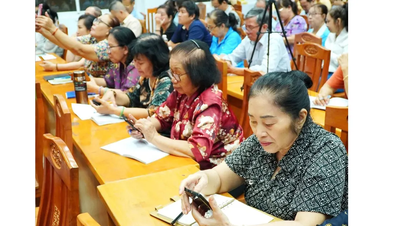

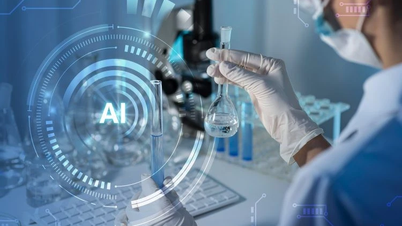



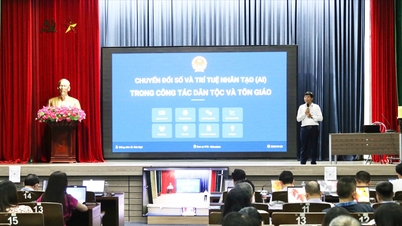
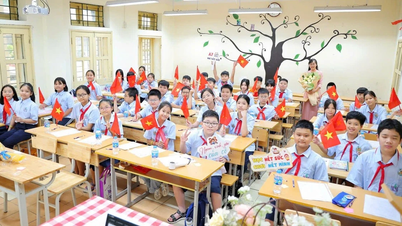




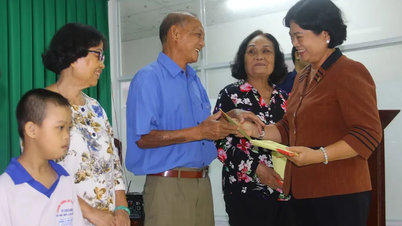

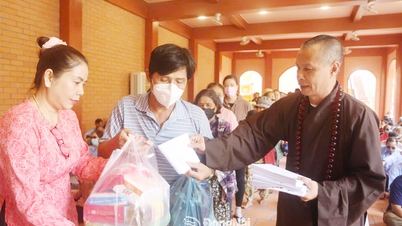


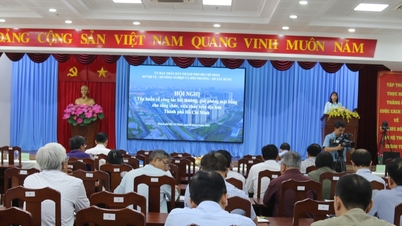






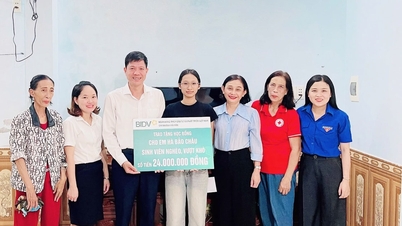



![[Photo] President Luong Cuong receives President of the Cuban National Assembly Esteban Lazo Hernandez](https://vphoto.vietnam.vn/thumb/1200x675/vietnam/resource/IMAGE/2025/9/30/4d38932911c24f6ea1936252bd5427fa)

![[Photo] Panorama of the cable-stayed bridge, the final bottleneck of the Ben Luc-Long Thanh expressway](https://vphoto.vietnam.vn/thumb/1200x675/vietnam/resource/IMAGE/2025/9/30/391fdf21025541d6b2f092e49a17243f)














































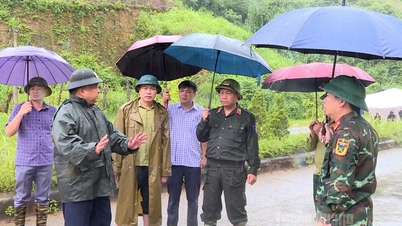


















Comment (0)